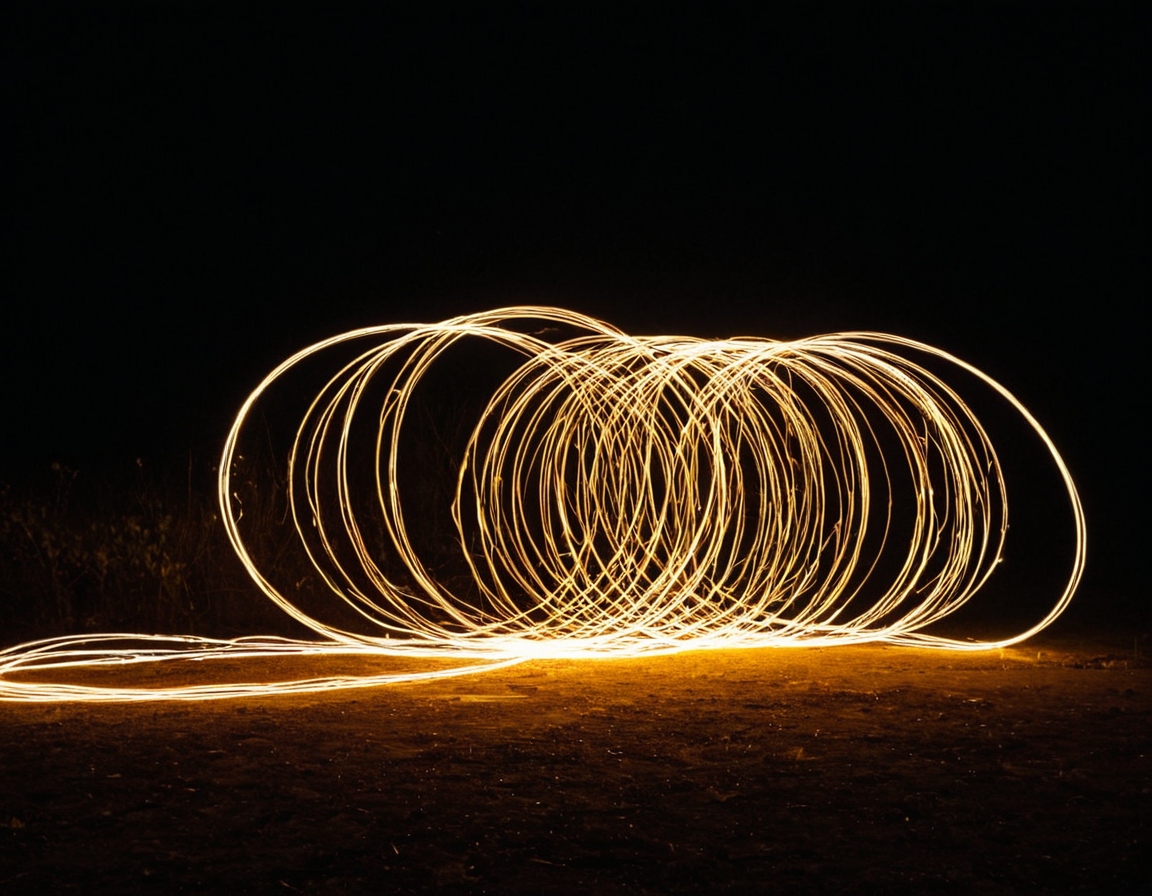Light Painting Guide - Master Techniques

Unlocking the Power of Light Painting: A Step-by-Step Guide for 2025 Creatives
Introduction
Light painting, a technique that has been around for decades, continues to captivate artists and photographers. By harnessing the power of light, creatives can produce stunning visual effects that elevate their work to new heights. In this comprehensive guide, we’ll explore the fundamentals of light painting, its applications, and provide practical tips on how to unlock its full potential.
Getting Started with Light Painting
Light painting is a complex process that requires patience, creativity, and attention to detail. Before diving into the nitty-gritty, it’s essential to understand the basics:
- What is Light Painting?: Light painting involves using light sources to create intricate patterns or designs on surfaces. This technique can be used in various mediums like photography, videography, and even live performances.
- Types of Light Sources: The choice of light source can greatly impact the outcome. Common options include LED lights, glow sticks, or even household items like flashlights.
- Safety Precautions: Always prioritize safety when working with light sources. Ensure that you’re using approved materials and following proper handling procedures to avoid accidents.
Understanding Light Painting Techniques
There are several techniques to explore when it comes to light painting:
Static Light Painting
This involves creating a static image by moving the light source around a fixed object or surface. The goal is to create a seamless, cohesive design.
- Tips for Static Lighting: Experiment with different light sources and movement patterns to achieve desired effects.
- Common Mistakes: Be mindful of overexposure, underexposure, and motion blur when working with static lighting.
Motion Light Painting
In this approach, the camera or object is in constant motion while the light source remains stationary. This creates a sense of dynamism and energy.
- Tips for Motion Lighting: Focus on smooth, controlled movements to avoid unwanted artifacts.
- Common Mistakes: Be cautious of camera shake, lens flares, and other issues that can compromise the image.
Combining Techniques
Don’t be afraid to mix and match different techniques to create something entirely new. This might involve experimenting with different light sources, movement patterns, or even incorporating additional elements like fog or smoke.
- Tips for Hybrid Lighting: Don’t be limited by traditional thinking – explore unconventional approaches to achieve unique results.
- Common Mistakes: Be aware of the potential risks and pitfalls associated with combining techniques – it’s all about finding that sweet spot.
Advanced Light Painting Techniques
Once you’ve grasped the basics, it’s time to take your light painting skills to the next level:
Multi-Light Sources
Working with multiple light sources can add depth, complexity, and interest to your designs.
- Tips for Multi-Light Source Lighting: Experiment with different color schemes, intensities, and movement patterns.
- Common Mistakes: Be mindful of overlapping, clashing, or overpowered effects – it’s all about balance.
LED Light Painting
LED lights offer a high degree of control and precision. However, they can also be quite unforgiving.
- Tips for LED Lighting: Understand the limitations and potential issues associated with LED lights.
- Common Mistakes: Be cautious of overheating, battery life, or other technical concerns – do your research beforehand.
Light Painting in Different Environments
Light painting can be adapted to various environments, from indoor settings to outdoor locations.
- Tips for Environmental Lighting: Consider factors like lighting restrictions, noise levels, and safety precautions when working outdoors.
- Common Mistakes: Don’t underestimate the importance of planning ahead – research local regulations and environmental concerns.
Conclusion
Light painting is an art form that requires patience, creativity, and dedication. By mastering the fundamentals and experimenting with different techniques, you can unlock its full potential and push the boundaries of what’s possible.
The Future of Light Painting: Where Will It Take Us?
As we venture into 2025, it’s exciting to consider where light painting will evolve. With advancements in technology and growing interest from new creatives, this art form is poised for a bright future. Will you be at the forefront of this creative revolution? The possibilities are endless – the only limit is your imagination.
Tags
light-painting-technique creative-photography visual-effects long-exposure-photography artistic-illumination
About David Lopez
As a seasoned photographer and blogging expert, I help creatives refine their craft on lentecreativa.com. With a focus on practical tips & techniques, I inspire photographers to push boundaries and capture stunning images.
